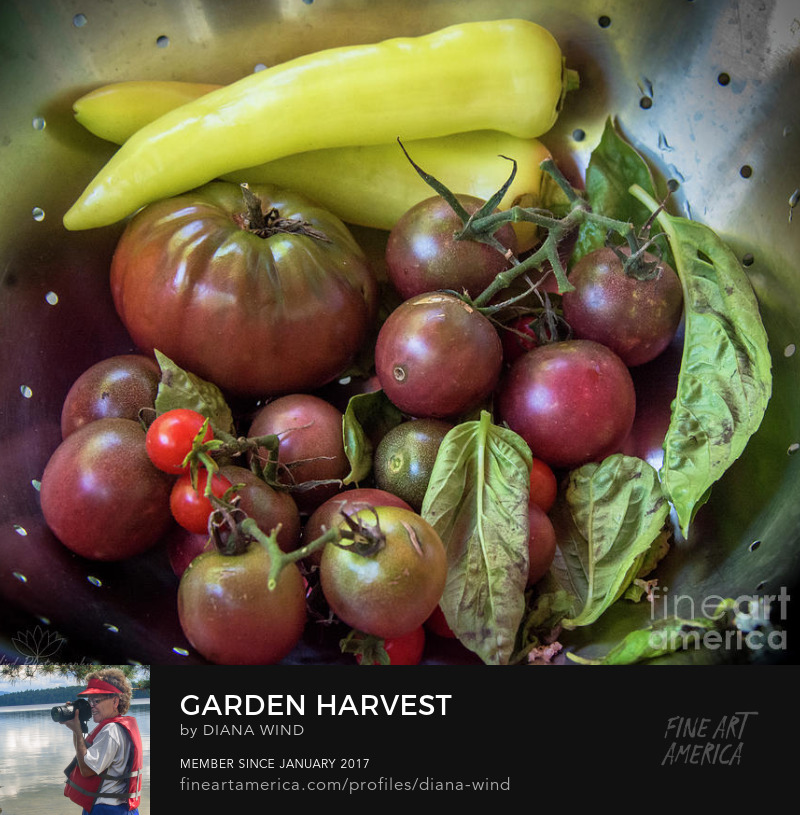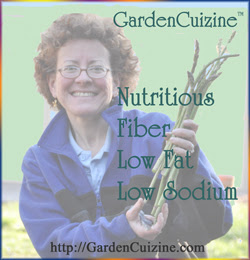Lattarula Fig?
Ficus carica Italian Honey
Can you help me identify this fig variety? Today, I picked a few small bowls of delicious, ripe figs off a healthy shrub in Woodbury, New Jersey. And, noticed so many more still to ripen! As you may remember from previous GardenCuizine postings, we have a few fig trees at our house. But, our little fig trees are not growing like the hearty shrub I saw today. Ficus carica Italian Honey
Our struggling figs include a Chicago Fig. I'm not sure what variety the other fig tree is. Both fig trees we have are not producing, even after surviving several years in the ground outside with no pampering or winter cover.
The figs I picked today are from a shrub-like fig tree that is thriving! It is growing in NJ and planted directly in the ground with no special attention. In fact, I was told it has been chopped to the ground from landscapers a few times in years past. It must be around 8 to10 foot high and wide.The leaves are not exactly the same as the fig trees we have.
The greenish figs are soft and a little bit yellow when fully ripe. I'm thinking it may be a Lattarula Fig. What do you think? I've never heard of or seen that variety for sale locally, have you?
Whatever variety it is, I will try to propagate it from cuttings and let you know how it works. Or, I may try saving seeds like I do tomato seeds and see if they grow.
Happy Gardening!
Blog post and photos Copyright (C)Wind. All rights reserved.





































